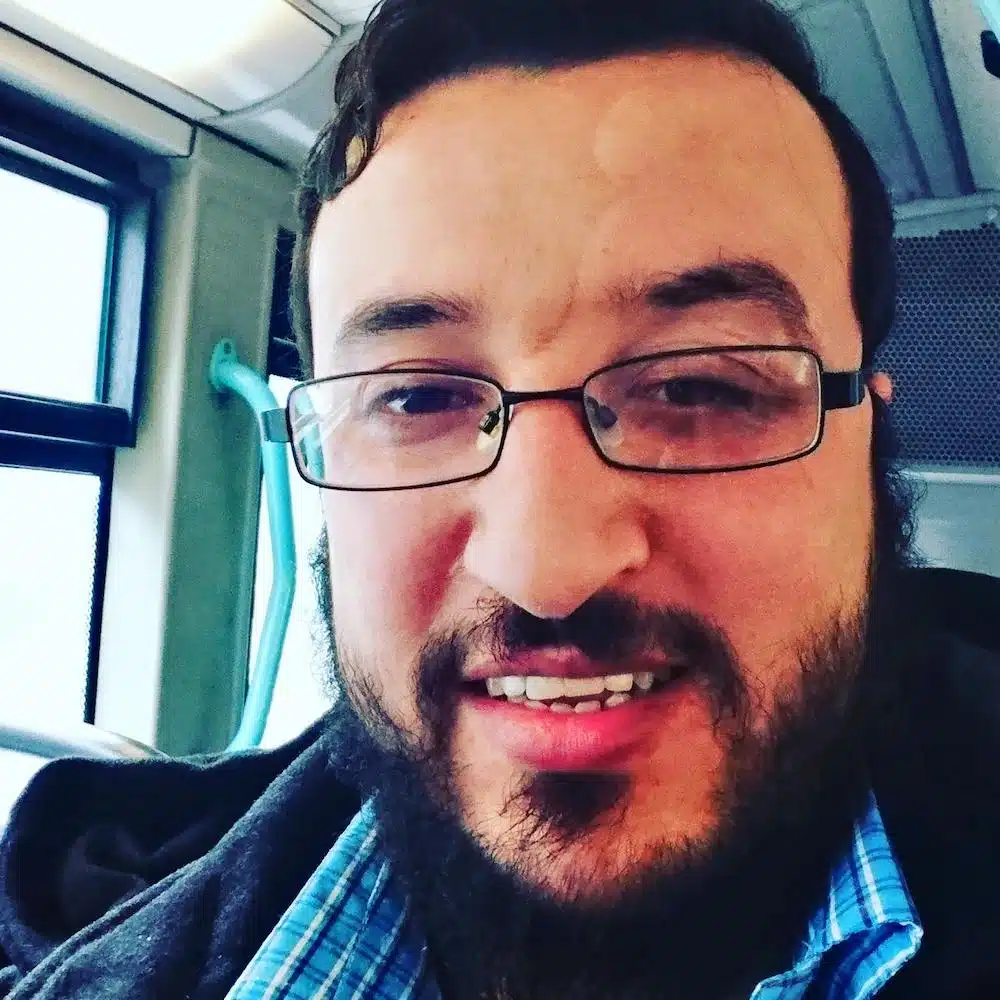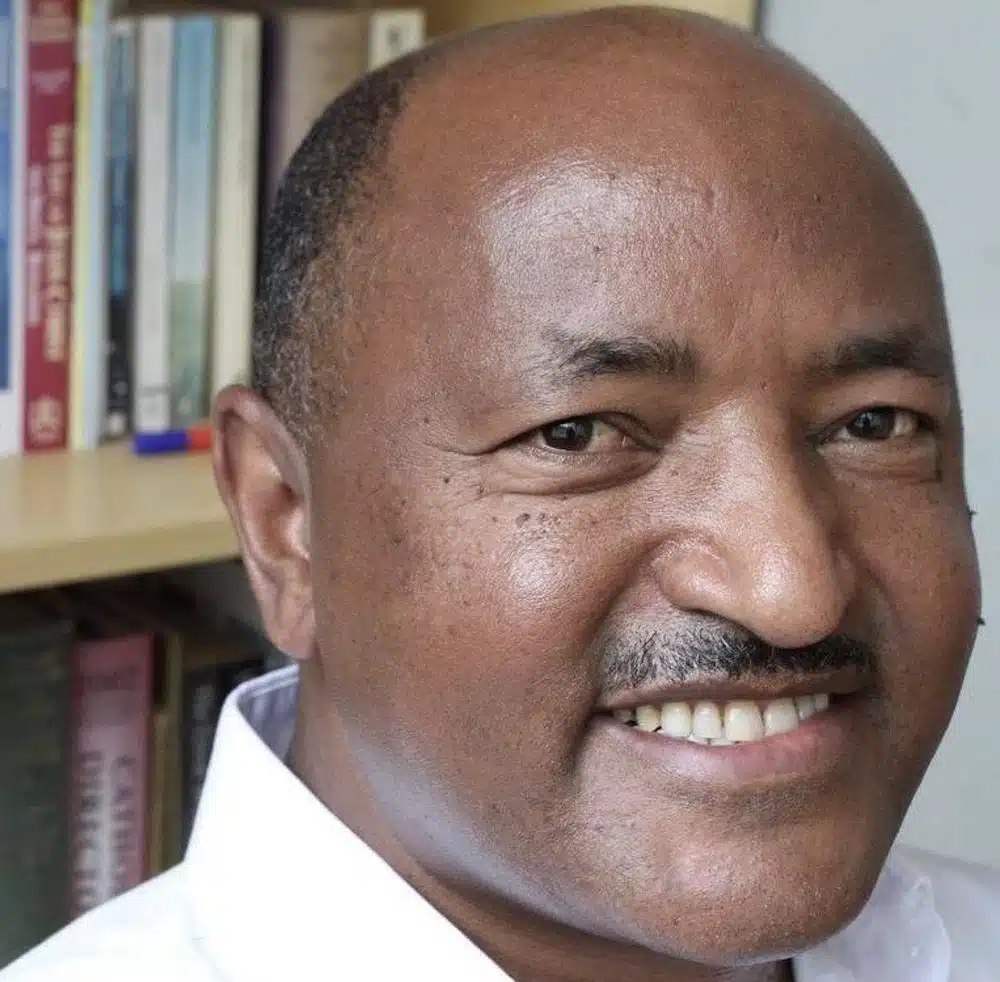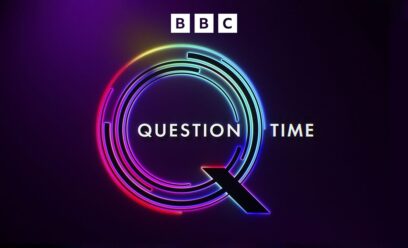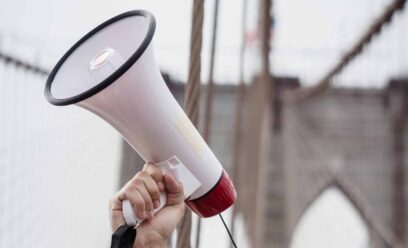The power of stories; creating connections with an audience
Posted by Katherine Maxwell-Rose on April 29, 2021Katherine Maxwell-Rose, IMIX Digital Communications Manager, shares insights on storytelling techniques which she has discovered through curating the Human Journeys collection.

‘The single story creates stereotypes, and the problem with stereotypes is not that they are untrue, but that they are incomplete. They make one story become the only story.’
‘Many stories matter. Stories have been used to dispossess and to malign. But stories can also be used to empower, and to humanise. Stories can break the dignity of a people. But stories can also repair that broken dignity.’ Chimamanda Ngozi Adichie, Author
Why are stories so important?
In our work at IMIX, we regularly talk about how important it is to share stories. If we are trying to shift public perception of immigration, it is vital to hear directly from people with lived experience of the issues involved with leaving your home and starting a new life in the UK. Stories are a way in which we can talk about these issues in a personal and emotional way. They speak to people’s hearts; they can move and change people’s attitudes. Stories make serious, complex themes more tangible and relatable. They remind us of the connections that exist between us, that we are all human however different our background or experiences may have been.
Over the last year we have been building up our own collection of stories from people who have made the UK their home through our Human Journeys project on our website and Instagram platform. Not only has this been a hugely insightful and inspirational project but we have also learnt more about the art of storytelling and how we can make the most of stories to reach an audience.
Whether you are sharing your own story – or someone else’s there are specific ways you can shape these narratives to create a bigger impact.
Voice matters
We purposefully chose to keep the Human Journeys narratives in people’s own voice as much as possible, using first person pronouns.
‘That day we were welcomed by the people of Aberdeen. They carried our bags from the bus, and told us we were welcome here. They call us ‘New Scots’ not ‘refugees’, it made us feel welcome. I looked at my wife and asked her, ‘Are we dreaming?’ We felt we were human. It was the first day of happiness, the beginning of our new life.’ Omar
Although we obviously do edit and shape the stories, we try to keep the flow of the sentences, so that the audience can really hear the person’s own voice. This means sentences might not always read like a piece on the BBC News website but keeping things truthful is important. We try not to let our own editorial voice or opinion overtake, but we give the narrator space to use their own words to tell their own story. Authenticity is the most important thing, and this is what will appeal to the audience.
The art of editing
It became clear early on that the stories would need significant editing. This can be a painful process when there are so many interesting and powerful aspects to the story. Often migration stories are complex and not straight forward. There may even be parts that don’t make immediate sense or are incredibly hard for an audience who hasn’t migrated to understand. As Gulwali Passarlay said when I asked him to tell me briefly about his journey: ‘Well where do I start? I’ve written 100,000 words on the journey in my book!’ It is impossible to fit everything in. The editing process can help to shape the narrative into something that is easier for an audience to grasp. While it is essential the story feels truthful, it also must make sense to the audience so they can really be drawn into the narrative. Human Journeys is really just a taster of the whole story – and sometimes we do tell people they need to write a whole book about their experiences!
The narrative arc
Drawing on conventional storytelling techniques helps to build a sense of the journey in its entirety. So thinking about where the tension lies, the conflicts (internal and external) which the protagonist is up against and the strength of character which helps them to overcome. Most people who have told us their stories naturally bring out these elements but it helps when it comes to editing to make sure the story’s structure holds up and it takes the audience on that journey with the person. This builds an emotional connection and admiration for the protagonist. While we are not trying to paint a rosy picture of life in the UK at all – it can be uplifting to end the story on a hopeful note and to feel that the tension has in some ways resolved.
‘When I reflect on my journey now, I know it was worth it… I’ve now been living in the UK for five years and have fallen in love with it. It doesn’t matter what people think of me or call me, because I know I can change their opinions for better. I also know that my endeavours and hard work will always be rewarded… Whenever I go anywhere, I’m glad to return back to the UK, because here I’m home.’ Aluna
Creating connections
We want the collection to create a strong connection between the storyteller and the audience, particularly those people who might not know many people who have migrated or who have mixed feelings about immigration. In every interview, we ask people if there is a possession they brought with them on their journey. Each person has chosen something unique and it often brings out the emotional side of the story. Nour chose a jar of her mother’s ‘Makdoos, a small traditional dish made of aubergines’ and said of it: ‘I cannot eat it too much, it’s just for special occasions. I usually eat it when I really miss my Mum because I know her hands touched it.’
Nejat chose her young son’s t-shirt who she was separated from, which she held onto it while she crossed the Mediterranean: ‘ I just smelt that t-shirt and said ‘God if you are really with me you are going to make me survive this.’
Others have chosen books, photographs and items of clothing. Each possession tells its own story and draws the audience further into the narrative. These possessions bring a new perspective to the journey, often helping the audience to further relate and connect.
Many stories matter
As Chimamanda Ngozi Adichie (quoted above) has said we need to be careful of the ‘single story’ and that ‘many stories matter’. This is so important in challenging stereotypes and breaking down misconceptions. Each of the stories in the Human Journeys collection is entirely unique while also forming part of the collection as a whole. Together, we hope these stories build up a powerful and diverse picture of what it means to migrate to the UK – and that will change the conversation.
‘I want to see refugees being actively engaged in public life. It’s so important to tell your own story, to be in control of what you are saying and share your experiences so that others are inspired to act.’ Bekele
We’d like to thank everyone who has taken part in Human Journeys to date. We are keen to develop this project and experiment with different formats including video as it grows. Please get in touch if you would like to share your own story – or you know someone else who wants to be involved. And do follow us on Instagram!








